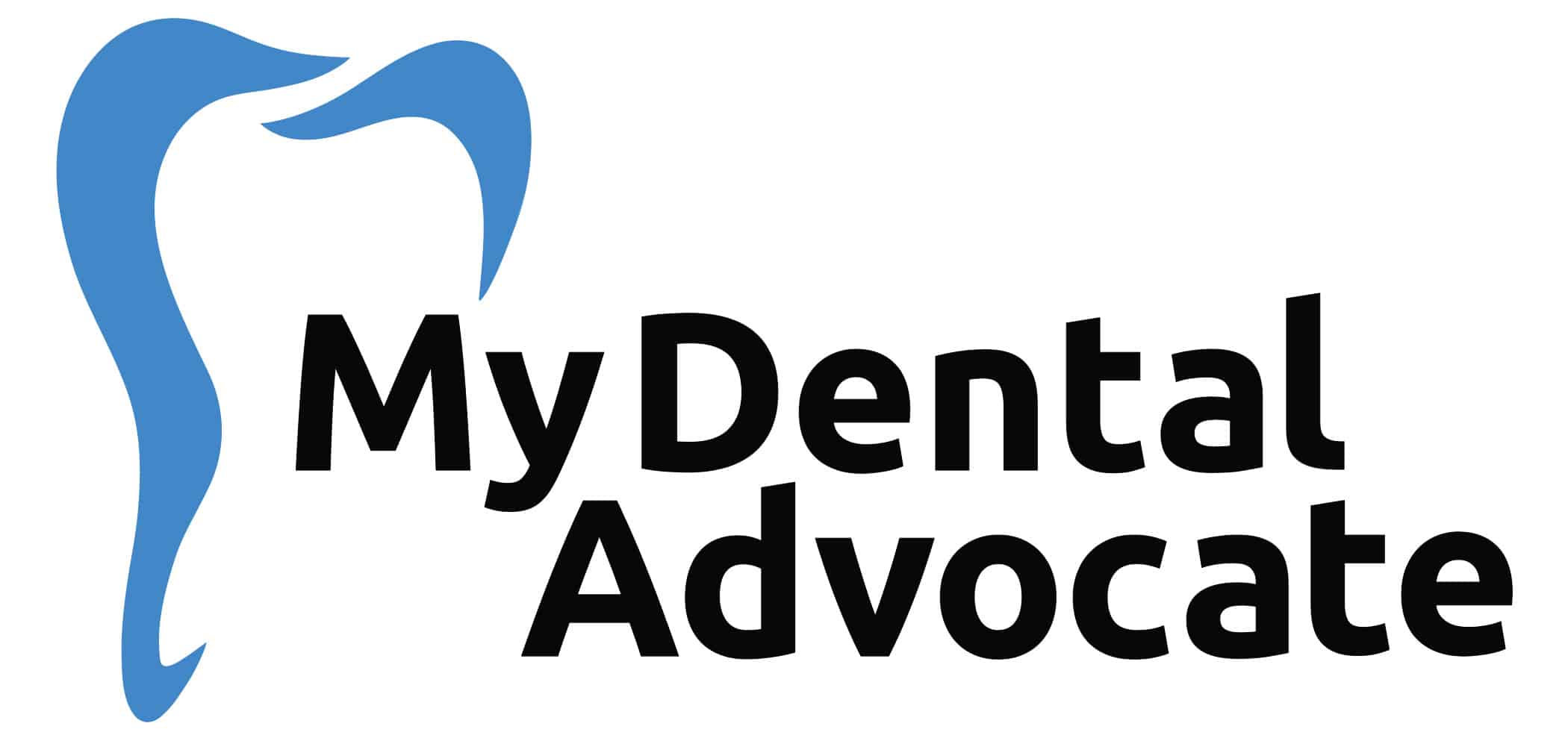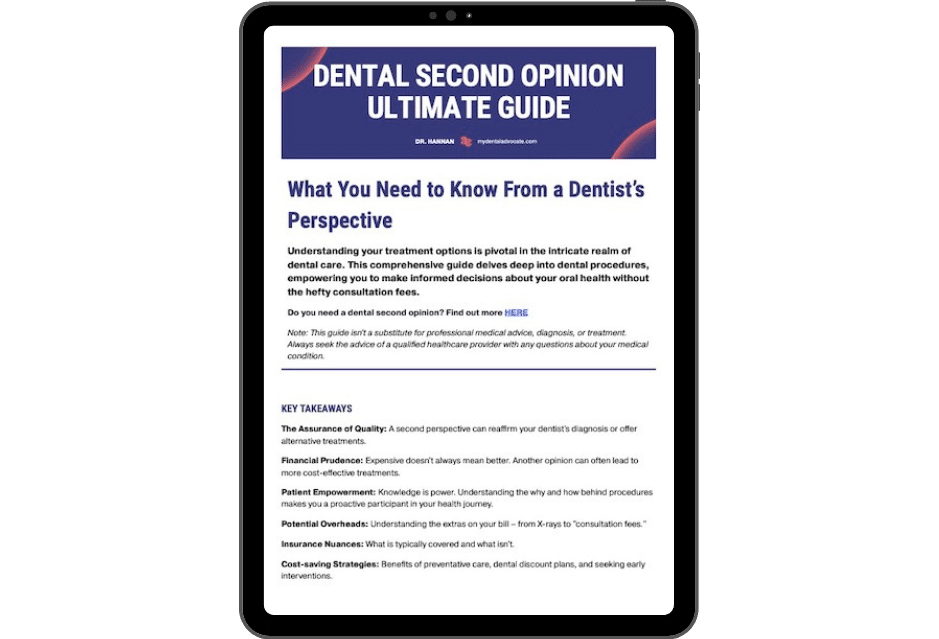Understanding Dental Treatment Plans (Making Informed Choices)
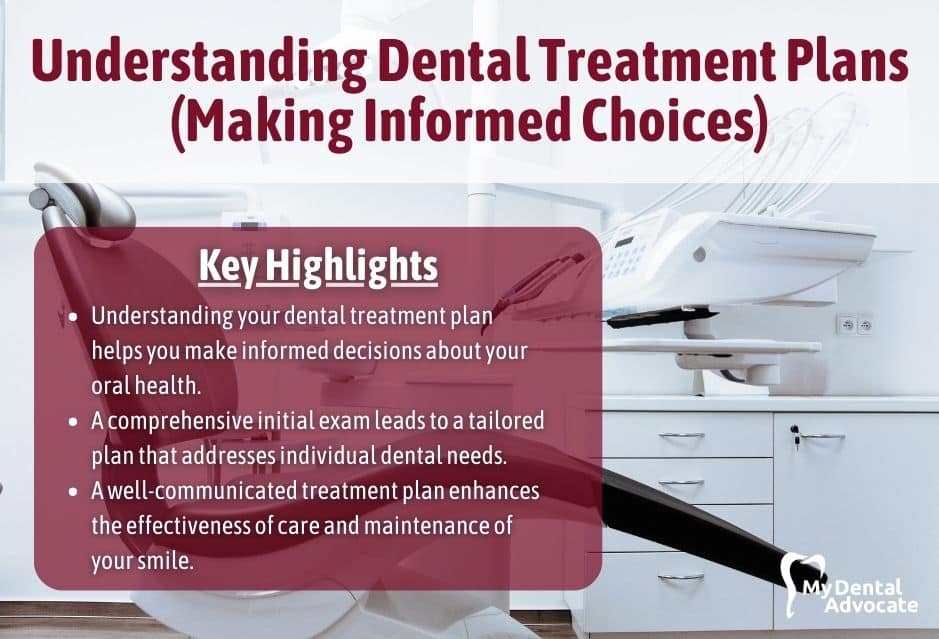
Navigating complex dental treatment plans can seem daunting, but understanding your options is crucial for maintaining a healthy smile.
A dental treatment plan is essentially a strategy developed by your dentist, tailored to your specific oral health needs.
It maps out the procedures and treatments necessary to address dental issues and enhances the overall health and appearance of your teeth and gums.
Key Highlights
- Understanding your dental treatment plan helps you make informed decisions about your oral health.
- A comprehensive initial exam leads to a tailored plan that addresses individual dental needs.
- A well-communicated treatment plan enhances the effectiveness of care and maintenance of your smile.
Related Posts
- When to Seek Second Opinion (Identifying Warning Signs)
- Dental Crown Second Opinion (Potentially Save Thousands)
- Preventing Dental Misdiagnosis (Identifying Common Errors)
Understanding Dental Treatment Plans
What is a dental treatment plan? It’s a detailed guide prepared by your dentist to keep your oral health on track, promoting a trustworthy relationship through clear communication.
Need Dental Advice? Ask Dr. Hannan!
Importance of a Treatment Plan
Having a customized dental treatment plan ensures that both you and your dentist have a clear understanding of your oral health goals and the steps you’ll take to achieve them.
It’s like a personalized roadmap, helping to prevent larger issues by addressing any concerns early on.
This plan is fundamental in establishing trust and promoting open communication between you and your healthcare provider.
Components of a Dental Treatment Plan
A dental treatment plan usually consists of several key components:
- Initial Assessment: This is where your dentist determines your current oral health status.
- Diagnosis: Any specific problems are identified.
- Treatment Options: Here you’ll explore the available procedures to address the diagnosed issues.
- Timeline: An expected time frame for when each treatment should occur.
- Costs: Detailed information about the costs involved and potential insurance coverage.
Remember, your treatment options should always be clearly explained to you, ensuring you’re fully informed before making any decisions.
The Role of the Patient in Treatment Planning
As a patient, you play an important role in the treatment planning process. It’s your responsibility to:
- Provide a complete and honest dental history.
- Ask questions and express any concerns you might have about the proposed treatments.
Through active participation, you help create a treatment plan that’s not only effective but also one that you’re comfortable with, fostering a collaborative atmosphere that is essential for successful dental care.
Initial Dental Examination & Diagnosis
Your journey toward oral health begins with a thorough initial dental examination and diagnosis. This essential step sets the stage for your personalized treatment plan and long-term dental care strategy.
Patient Examination
During your patient examination, the dentist will meticulously check the health of your teeth, gums, and mouth.
This comprehensive evaluation includes inspecting for signs of decay, gum disease, and other oral health issues.
Your chief complaint, or the primary reason for your visit, will be carefully addressed to ensure your concerns are not overlooked.
- Examination Focus: Teeth condition, gum health, oral tissues
- Disease Control Phase: Early detection of potential problems
- Documentation: Recording findings for reference and future monitoring
Review of Medical History
A detailed review of your medical history is crucial as it can reveal conditions that may impact your dental treatment, such as diabetes or heart disease.
It’s important to be open and provide accurate information. Any medications, allergies, or past surgeries you’ve had could influence your dental care plan.
- Highlights: Family history, ongoing treatments, allergies
- Documentation: Summary of medical background and related conditions
Disease Diagnosis & Radiographs
After the examination, if further investigation is needed, radiographs (or X-rays) might be taken to provide a comprehensive view of your jawbone, teeth roots, and the areas between your teeth that are not visible to the naked eye.
These images are essential to disease diagnosis, uncovering hidden problems like impacted teeth, abscesses, or cysts. Your dentist uses this information to craft a precise diagnosis and propose an effective treatment plan.
- Radiographs: Highlighting hidden dental structures and anomalies
- Diagnosis: Identifying specific oral health diseases and conditions
- Disease Control Phase: Foundation for targeted disease management strategies
Creating a Customized Treatment Plan
Crafting a personalized treatment plan is a critical step towards achieving optimal dental health.
It’s about mapping out a clear route that aligns with your long-term dental goals and ensuring you are fully briefed and agreeable to the proposed course of action.
Defining Treatment Goals
Your treatment plan starts with identifying your specific dental needs and setting long-term goals.
These goals should not only address immediate concerns such as pain or infection during the acute phase but also include strategies for the control phase where risk factors are managed.
Finally, the plan maps out the definitive phase which aims to restore and rehabilitate your oral health to its fullest potential.
Treatment Phases Overview
- Acute Phase: Immediate issues are addressed, with an emphasis on pain relief and infection control.
- Control Phase: This involves interventions to manage risk factors, prevent disease progression, and maintain oral health.
- Definitive Phase: Comprehensive and corrective treatments take place to rehabilitate your oral health for the long haul.
A well-thought-out comprehensive treatment plan will clearly categorize treatments into these phases, making it easier for you to understand the sequence and importance of each step.
Patient Education & Informed Consent
Understanding your treatment options is essential. A key component of this is informed consent, which means you’re provided with all the necessary information about the benefits, risks, alternatives, and implications of the treatments proposed.
It is your right to ask questions and receive answers that help you to make educated decisions about your care.
Once you’re fully informed, you’ll give your consent to receive treatment, solidifying the partnership between you and your dental professional for the duration of your care.
The Cost of Dental Care
When it comes to dental care, understanding the costs involved is crucial for effective financial planning. This includes comprehending your insurance coverage, handling out-of-pocket expenses, and exploring various payment options that suit your budget.
Understanding Insurance Coverage
Dental insurance can significantly reduce your overall costs, but it’s important to know the extent of your coverage.
Most plans will cover preventive care, like cleanings and check-ups, while contributions to more complex procedures may vary.
For example, Dental Preferred Provider Organization (DPPO) plans often offer a broader network of dentists and cover a higher percentage of treatment costs.
Out-of-Pocket Expenses & Payment Options
Even with insurance, you’ll likely face some out-of-pocket costs. These may include deductibles, co-pays, or expenses above your annual maximum coverage limit.
Dental offices usually present a detailed estimate of the treatment, explaining your portion of the bill. Aspen Dental provides clear, upfront treatment plan estimates to prevent surprises.
- Deductibles: This is the amount you pay before your insurance kicks in.
- Co-payments: A fixed fee for a dental visit or service.
- Annual Maximum: The top limit your insurance will pay within a year.
Financial Planning for Dental Care
Budgeting for dental expenses is a key part of your financial health. Consider setting aside funds in a health savings account (HSA) or flexible spending account (FSA) if applicable.
Additionally, many dental practices offer financing plans or payment options which can make managing the costs more manageable over time.
- Health Savings Account (HSA): Use pre-tax dollars to pay for eligible dental expenses.
- Flexible Spending Account (FSA): Allocate a portion of pre-tax earnings for health costs.
- Payment Plans: Some practices offer monthly payment plans to spread out the cost.
Specific Treatment Procedures
Whether you need to address tooth decay or improve gum health, there’s a range of procedures tailored to specific problems.
Caries Control & Restorations
Caries, commonly known as tooth decay, require prompt treatment to prevent further damage.
Your dentist may recommend fluoride toothpaste or other fluoride treatments to help remineralize weakened parts of your enamel, which is an early intervention to control caries.
If decay has progressed, fillings are used to restore the integrity of your teeth. Here’s a simplified guide:
- Caries Detection: Pinpointing the extent of decay.
- Fluoride Application: Utilizing fluoride to halt decay.
- Restorations: Filling cavities to restore dental health.
Periodontal Therapy and Maintenance
For gum health, especially in cases of periodontitis, periodontal therapy is critical.
It includes deep cleaning procedures like scaling and root planing to remove plaque and tartar build-up below the gumline. Post-therapy, a crucial maintenance phase ensures ongoing health and prevents recurrence. Here’s what it might involve:
- Deep Cleaning: Removing the causes of gum infection.
- Regular Check-ups: Monitoring healing and preventing new issues.
- Maintenance: Routine visits for cleanings and assessments.
Endodontic & Restorative Treatments
If you’re experiencing severe tooth pain or have an abscess, you may require an endodontic treatment, commonly known as a root canal treatment. This procedure removes infected or inflamed pulp.
The tooth is then sealed with a crown to prevent reinfection and restore functionality.
In instances of significant decay or damaged teeth, a crown or series of crowns may be placed to provide strength and improve aesthetics.
Your treatment steps:
- Root Canal: Eliminating infection and protecting against further decay.
- Restoration: Using crowns to return strength and appearance to your teeth.
Surgical Interventions
When you’re exploring dental treatment plans, surgical interventions can be a necessary component to address various oral health concerns.
They range from routine extractions to more complex procedures involving dental implants and advanced periodontal treatments.
Extractions & Dentures
If you’re facing the removal of a tooth, or extraction, it’s important to know that this can lead to improved oral health, especially if the tooth is damaged or decayed beyond repair.
Post-extraction, dentures serve as a replacement for missing teeth, restoring the functionality and aesthetics of your smile.
- Types of Extractions:
- Simple Extraction: Removal of visible teeth.
- Surgical Extraction: Removal of teeth that are not easily accessible.
- Denture Options:
- Complete Dentures: Replace all of your teeth.
- Partial Dentures: Fill in the spaces created by missing teeth.
Advanced Periodontal Procedures
When periodontitis isn’t managed with regular cleaning, you may need advanced treatments.
These procedures aim to deeply clean the pockets of infection, regrow damaged bones, and possibly save natural teeth from extraction.
- Procedures Include:
- Flap Surgery: Cleans roots and repairs bone damage.
- Bone Grafting: Replaces or encourages new growth of bone lost to periodontitis.
Implants & Prosthetics
Dental implants are a long-term solution for replacing missing teeth.
These prosthetics are anchored into your jawbone and act as foundations for artificial teeth.
While the process is more invasive, the result is a natural-looking and durable replacement.
- Implant Components:
- Titanium Post: Serves as the tooth root.
- Abutment: Connects the implant to the crown.
- Crown: The visible part that looks like your tooth.
Remember to discuss surgical interventions with your dentist to learn about the benefits, risks, and care requirements of each procedure.
Aftercare & Maintenance
After receiving dental treatment, your journey to a healthy smile continues as you enter the aftercare and maintenance phase.
Proper follow-up and ongoing prevention are crucial for maintaining the results of your treatment and ensuring long-term oral health.
Post-Treatment Follow-Up
Once your dental procedure is complete, it’s important to adhere to the post-treatment follow-up schedule recommended by your dentist.
These appointments allow your dentist to review your healing and the progression of your treatment’s success.
They might take new X-rays, examine your bite, and check for any signs of complications. It’s an opportunity to address concerns and adjust care if necessary to keep your recovery on track.
Ongoing Prevention & Maintenance
The maintenance phase is about taking proactive steps to prevent new dental issues.
Your dentist will equip you with a regimen to protect your oral health, which might include:
- Daily Oral Care: Brushing twice a day with fluoride toothpaste and flossing to prevent plaque buildup.
- Regular Checkups and Cleanings: Visiting your dentist every six months—or as recommended—for professional cleaning and examination.
- Personalized Advice: Following any specific instructions provided by your dentist that cater to your unique dental needs.
Remember, aftercare is not just a phase—it’s a commitment. By embracing prevention and attentive maintenance, you safeguard the health and longevity of your smile.
Utilizing Digital Tools & Systems
In today’s digital age, dental care leverages innovative tools to enhance your treatment experience.
These tools not only improve accuracy but also actively involve you in the treatment process.
Patient Engagement Platforms
Patient engagement platforms are crucial in modern dental care as they facilitate communication between you and your dental team.
These platforms can provide you with easy access to your dental records, appointment scheduling, and reminders.
Interactive features such as messaging and treatment plan overviews allow you to become an active participant in your oral health management.
Digital Treatment Planning Tools
With digital treatment planning tools, your dentist can create a personalized treatment roadmap tailored just for you.
These tools give you a clearer understanding of the proposed dental procedures and the outcomes.
Imagine viewing a 3D model of your current dental status and comparing it with the projected final result—this level of transparency can greatly influence your comfort and decision-making regarding treatment options.
Enhancing Doctor-Patient Communication
Good communication between you and your dentist is crucial for building trust and ensuring better oral health outcomes. It’s all about making sure you’re on the same page regarding your dental care, and here’s how that can be achieved:
- Listen & Ask Questions: Always feel free to ask your dentist about anything that’s unclear. It’s your right to fully understand your treatment options. A two-way conversation can provide clarity and peace of mind.
- Clear Explaining: Your dentist should provide information in a way that’s easy for you to understand, avoiding medical jargon that might confuse. Remember, common sense explanations often make the most sense.
- Visual Aids: Sometimes, seeing is understanding. Your dentist can use diagrams, models, or digital imagery to help explain your dental condition and treatment plan.
- Written Information: After discussing your treatment plan, a written summary can be helpful. It allows you to review everything at your own pace and research further if necessary.
- Feedback Loop: Always provide your feedback. If something isn’t working for you, speak up. Open dialogue can lead to better care tailored to your needs.
Remember, effective communication is a two-way street. It’s there to empower you, so you can make informed decisions and achieve the best possible dental health.
MDA Verification Report
What is the My Dental Verification Report, and why is it important?
Our board-certified dentists will review your case and provide an unbiased second opinion on how you should move forward with your proposed dental treatment.
We respect all dentists suggested treatment; however, we desire clarity for your dental needs.
You should understand what dental work is necessary to move forward with treatment confidently.

Highlights
- Avoid unnecessary dental treatment
- Potentially save you thousands of dollars
- Information reviewed privately and securely
- Unbiased assessment that brings you peace of mind
- Quick response time to review the report at your convenience
- Clarity and confidence moving forward with dental treatment
- Completed from the comfort of your own home
What’s Involved?
With My Dental Advocate, patients of all ages now have an unbiased, expert second opinion to securely review their proposed dental treatment and gain the knowledge to improve their oral health.
Step 1: Complete Questionnaire
The questionnaire includes a brief medical history, oral hygiene habits, and an opportunity to explain your dental concerns.
Step 2: Upload X-rays
Contact your provider to request your x-rays or take a photo of them at the office. You can also upload dental photos, current treatment plans, periodontal probings, and other supporting documents.
Step 3: Submit Payment
We will privately send your information to a board-certified dentist who will securely assess your case and provide a detailed second opinion for your proposed dental work.
Step 4: Receive MDA Verification Report
We will email your MDA Verification Report second opinion within hours for review at your convenience and from the comfort of your home.
Frequently Asked Questions (FAQ)
My Experience & Expertise
As a dentist, I want to emphasize the importance of understanding your dental treatment plan. It’s not just about fixing problems; it’s about creating a healthy, sustainable future for your smile.
Take the time to ask questions, understand your options, and make decisions that are right for you.
Remember, your oral health is a vital part of your overall well-being, and you deserve the best care possible. Stay informed, stay engaged, and together, we can achieve a lifetime of healthy smiles.
Need a second opinion? We can help! Learn more. Knowledge is power when cultivating healthy dental habits. The more informed you are, the better positioned you’ll be to prevent avoidable and potentially costly dental procedures for you and your family. Watch for future blog posts, where we’ll continue sharing important information, product reviews and practical advice!

About the Author
Dr. Matthew Hannan, also known as “Dr. Advocate,” is a board-certified dentist on a mission to provide accurate dental patient education. He attended Baylor University before completing dental school at UT Health San Antonio School of Dentistry. He now lives in Arizona with his beautiful wife and 4 kids. Dr. Hannan believes everyone should access easy-to-read dental resources with relevant, up-to-date dental research and insight to improve their oral health.

Connect with Dr. Hannan!
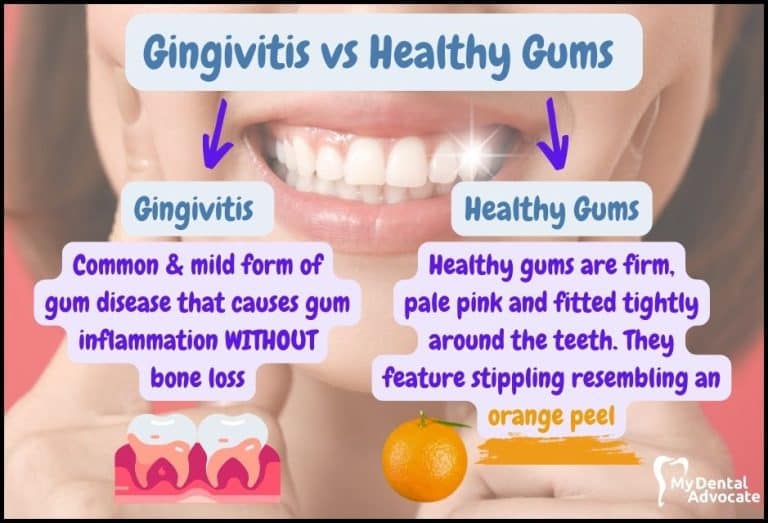
Gingivitis vs Healthy Gums (What’s the Difference?)
You may have gingivitis and not even know it! Harmful bacteria that cause gingivitis can progress into severe gum disease or creep into your bloodstream (yuck!). Most patients with gingivitis or gum disease are unaware because…
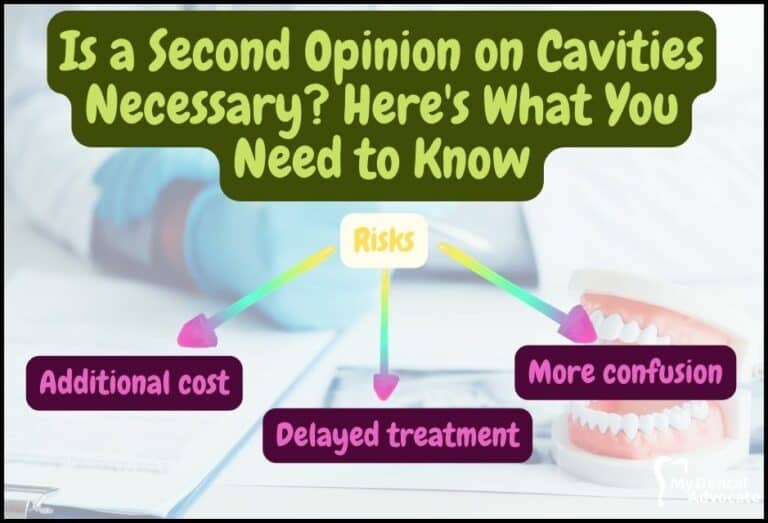
Is A Second Opinion on Cavities Necessary? (Expert Advice)
According to a recent study, 90% of adults have had a cavity before, and 1 in 4 adults currently have an untreated cavity. But when should you seek a second opinion? As a dentist, I have seen many patients who have questions about their treatment options for cavities. In this article, we will…
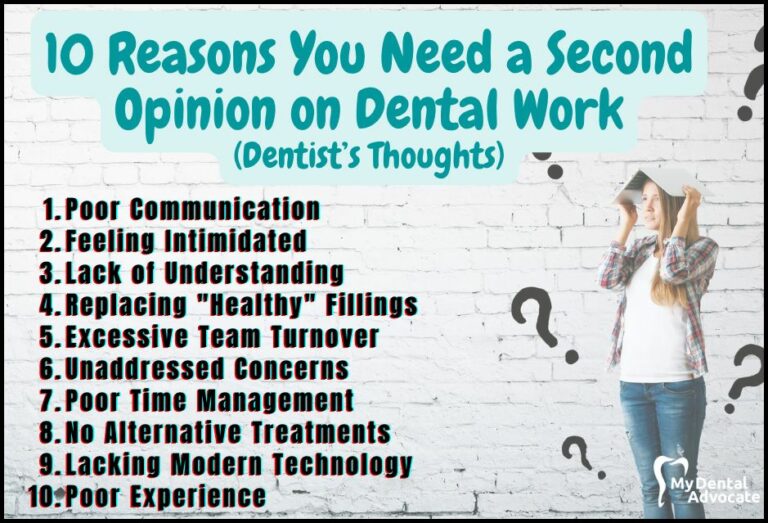
10 Reasons You Need a Second Opinion on Dental Work (Dentist’s Thoughts)
When was the last time you went to the dentist? Maybe you haven’t gone back because you thought you could brush and floss at home. Then, the dentist informs you that you need thousands of dollars in dental work. Do you need a second opinion?
Gain Clarity with Our FREE Second Opinion Guide
Receive clear, expert second opinions online within 48 hours. Start today!
Product Reviews
Our 250+ dental product reviews (and counting), curated by an experienced dentist, are the most comprehensive online.
Toothbrush Genie
State-of-the-art chatbot designed to help you discover your perfect toothbrush in just a few simple steps!
Cavity Risk Assessment
Cutting-edge digital tool designed to evaluate your individual cavity risk based on your responses to a series of questions.
Gum Disease Assessment
Discover your gum disease risk with our quick and engaging 6-question assessment!
